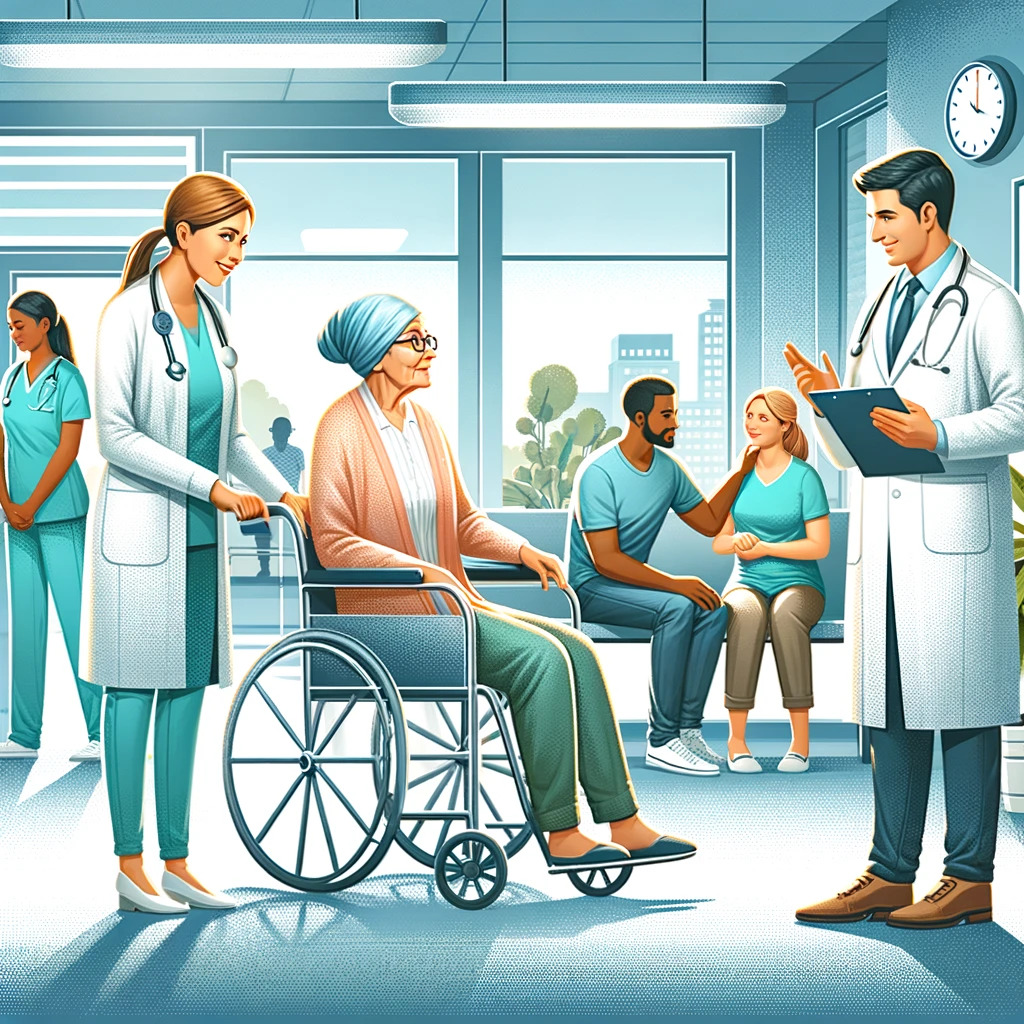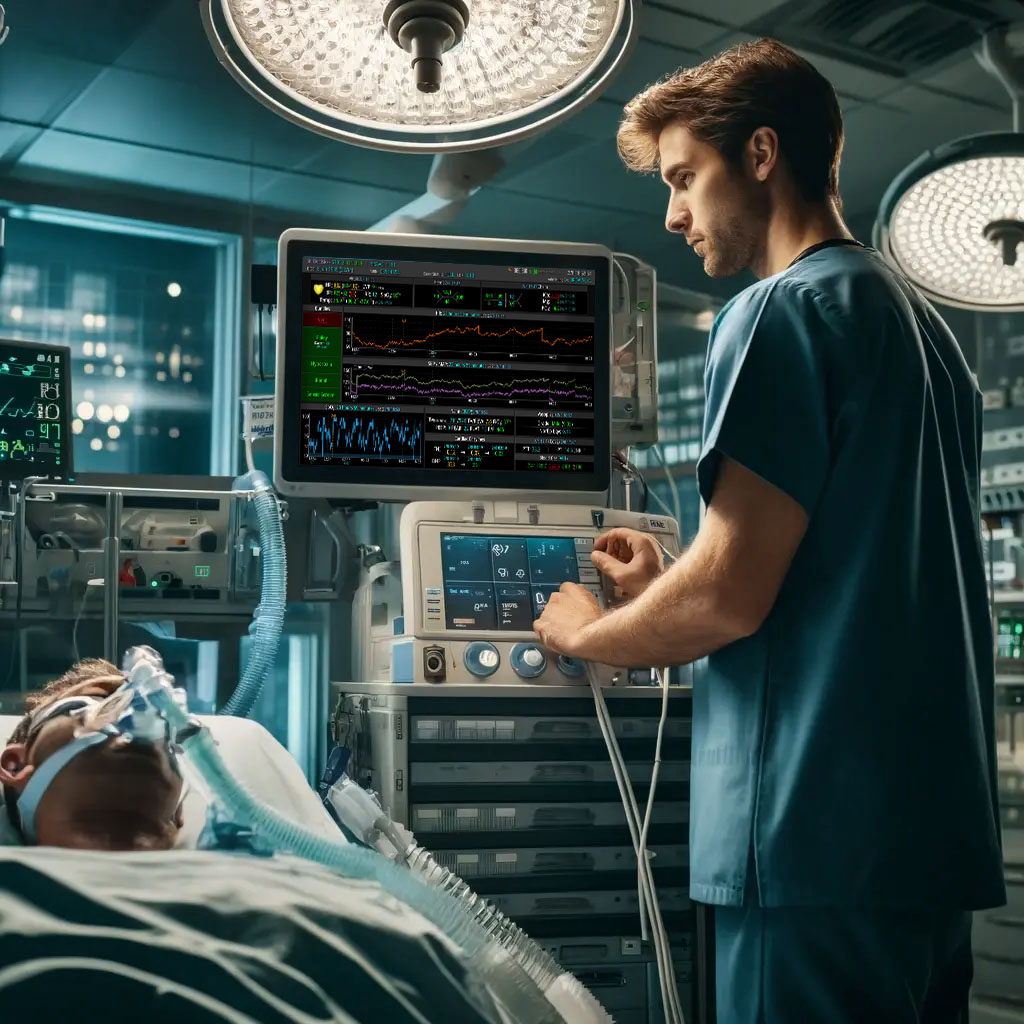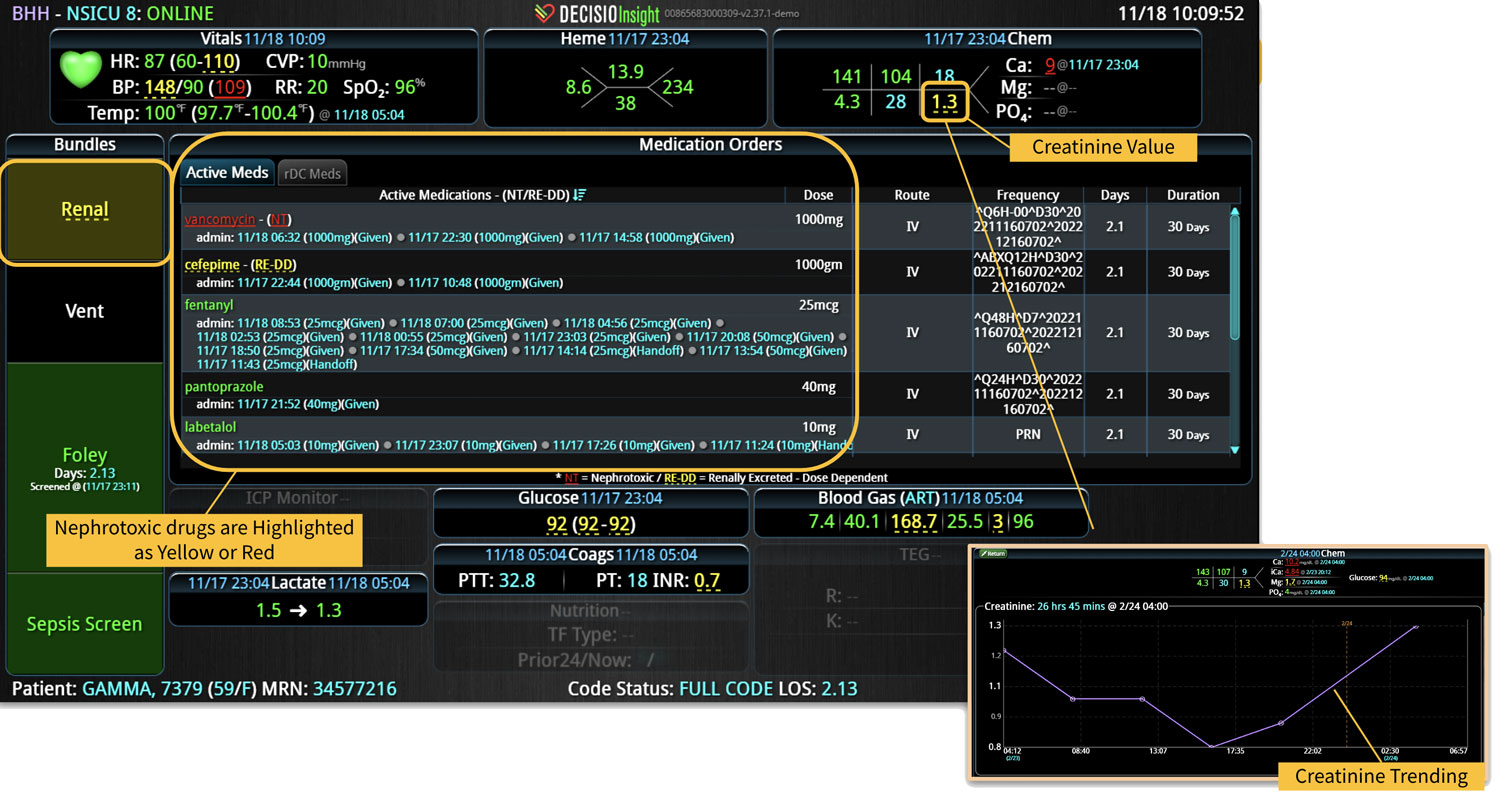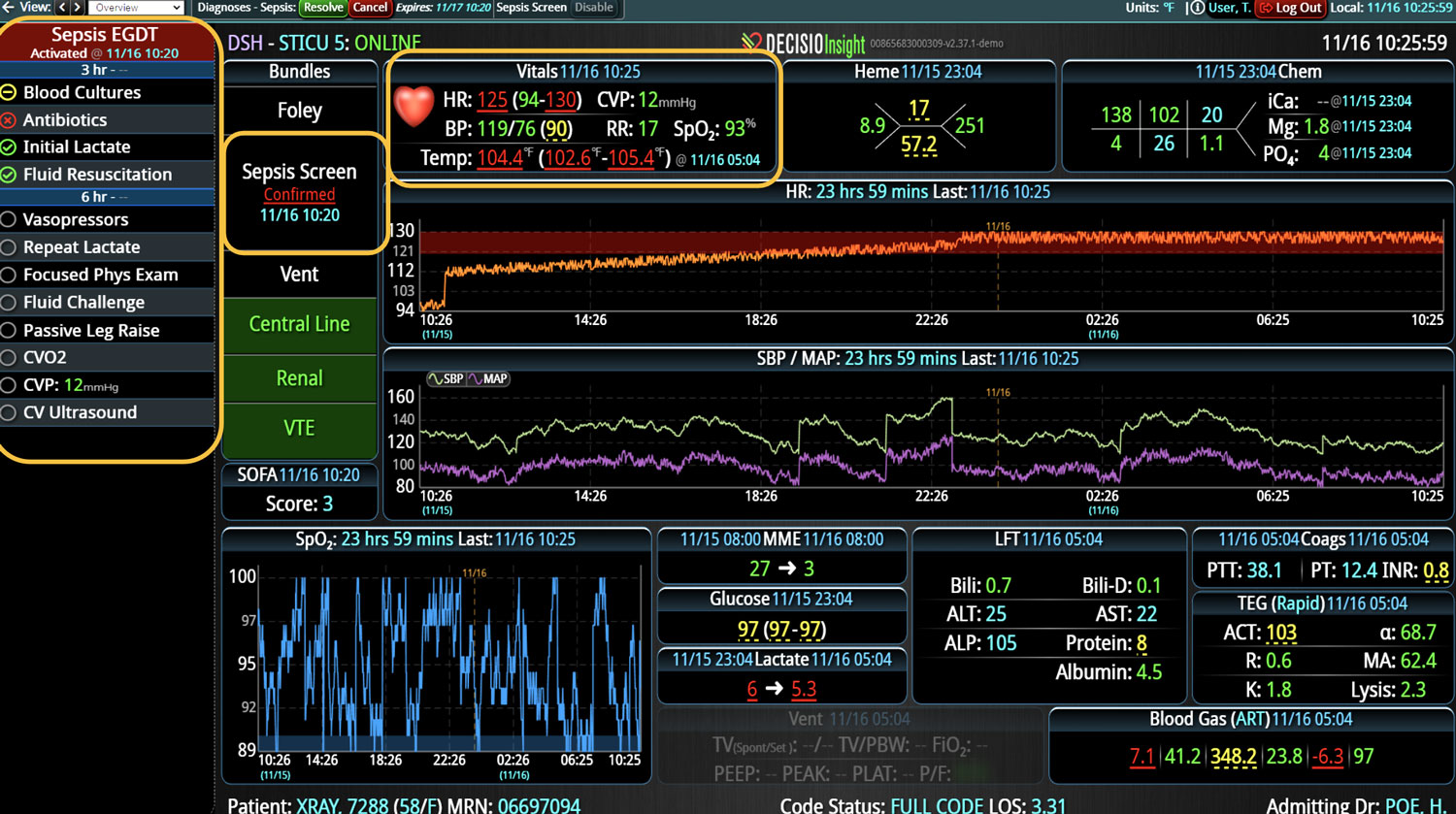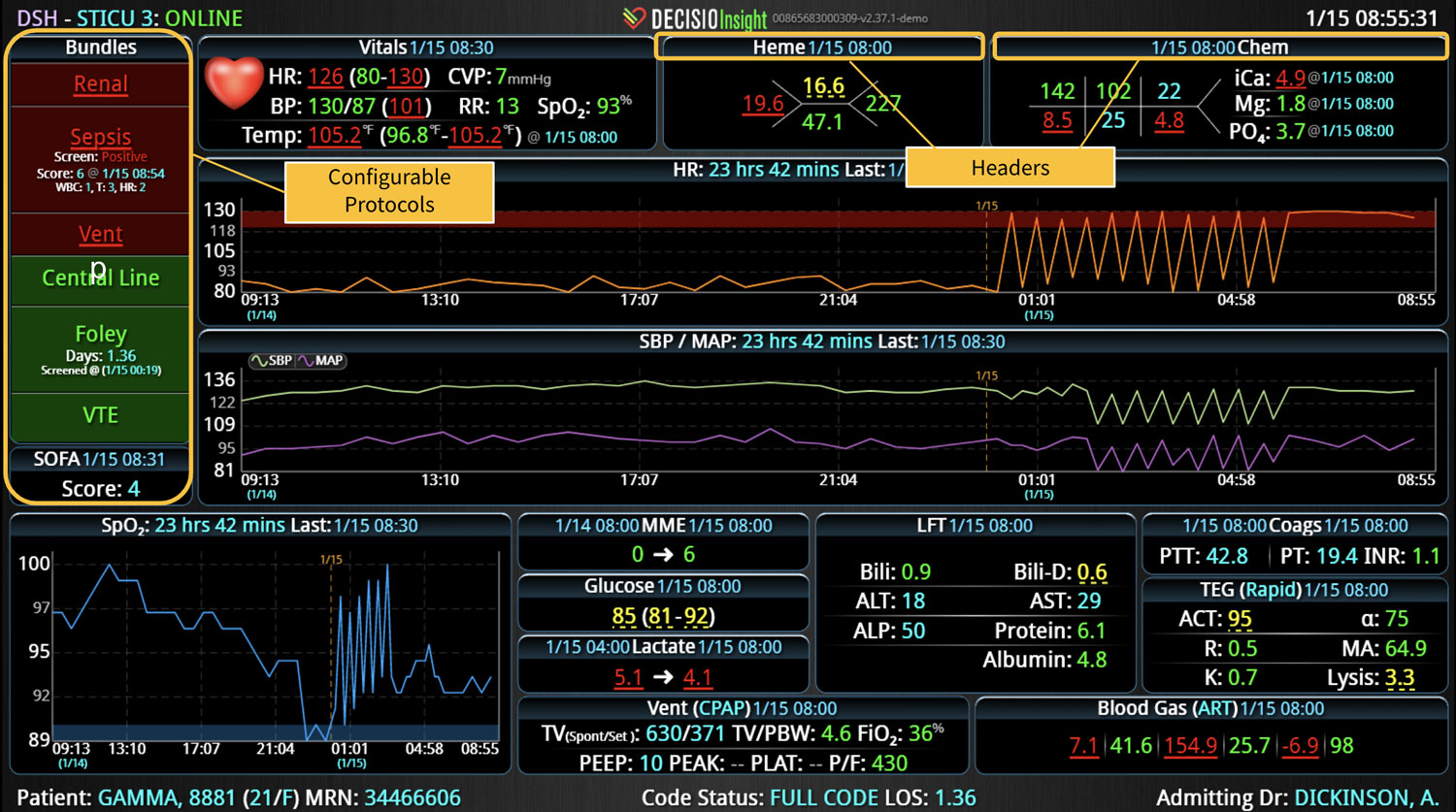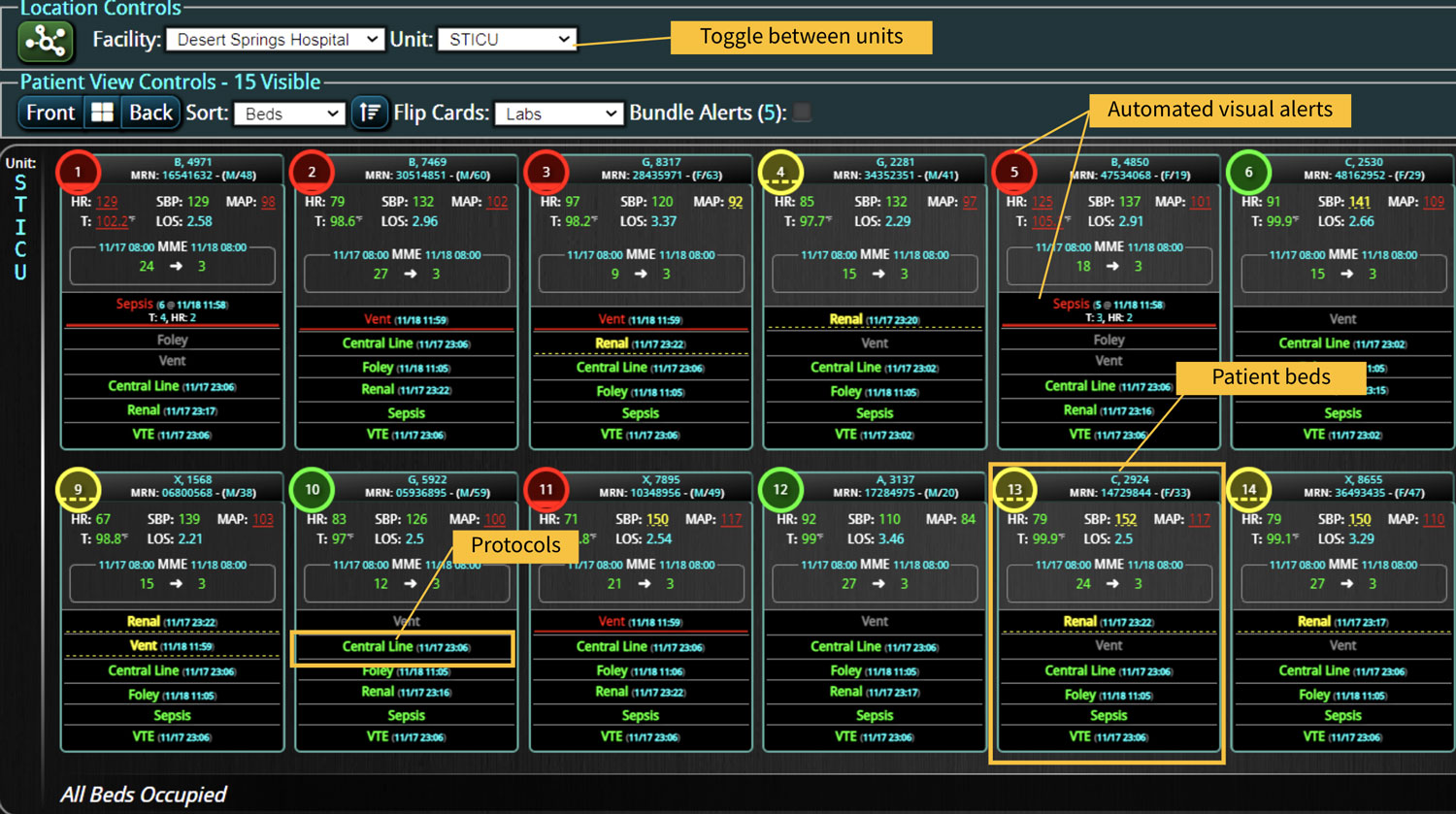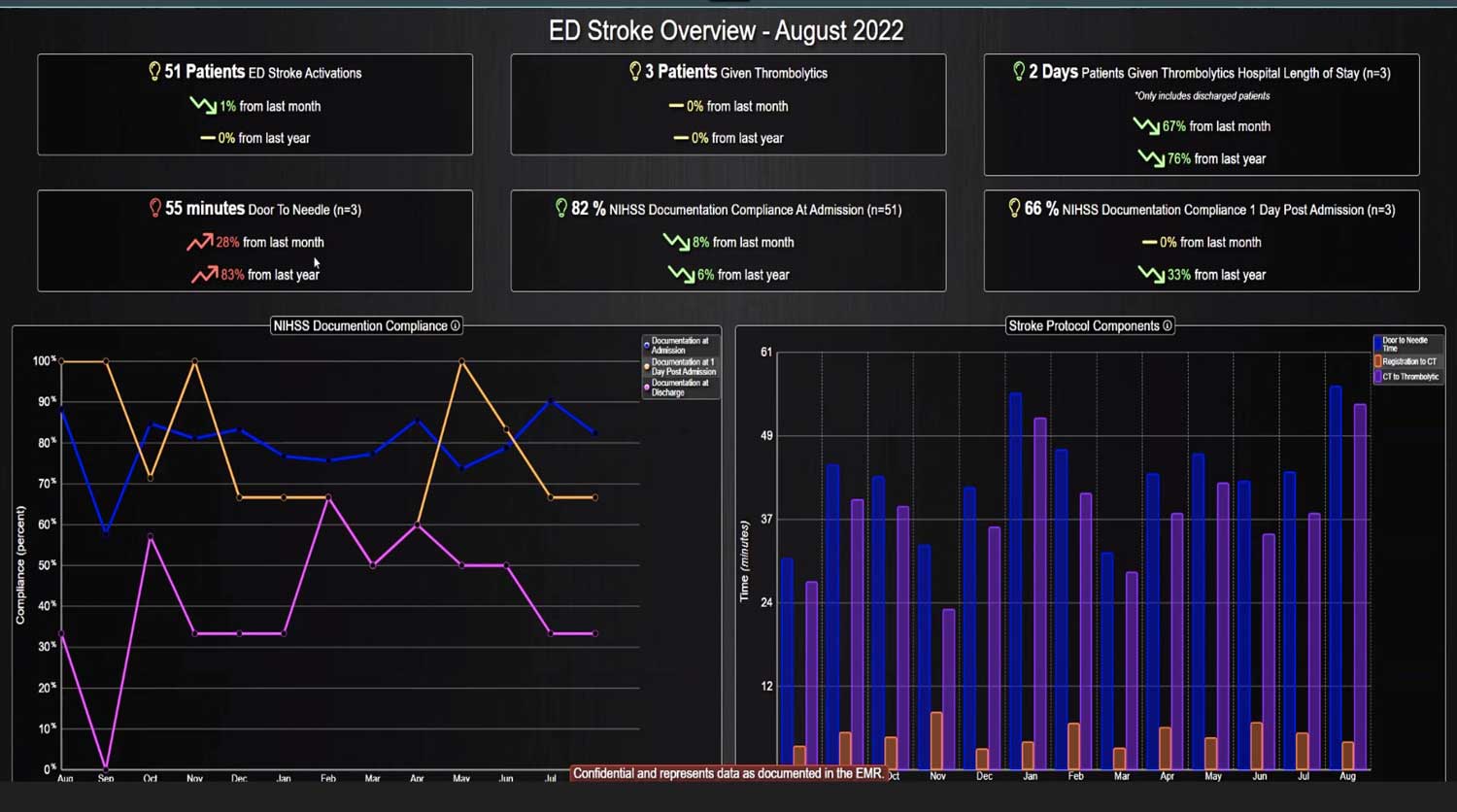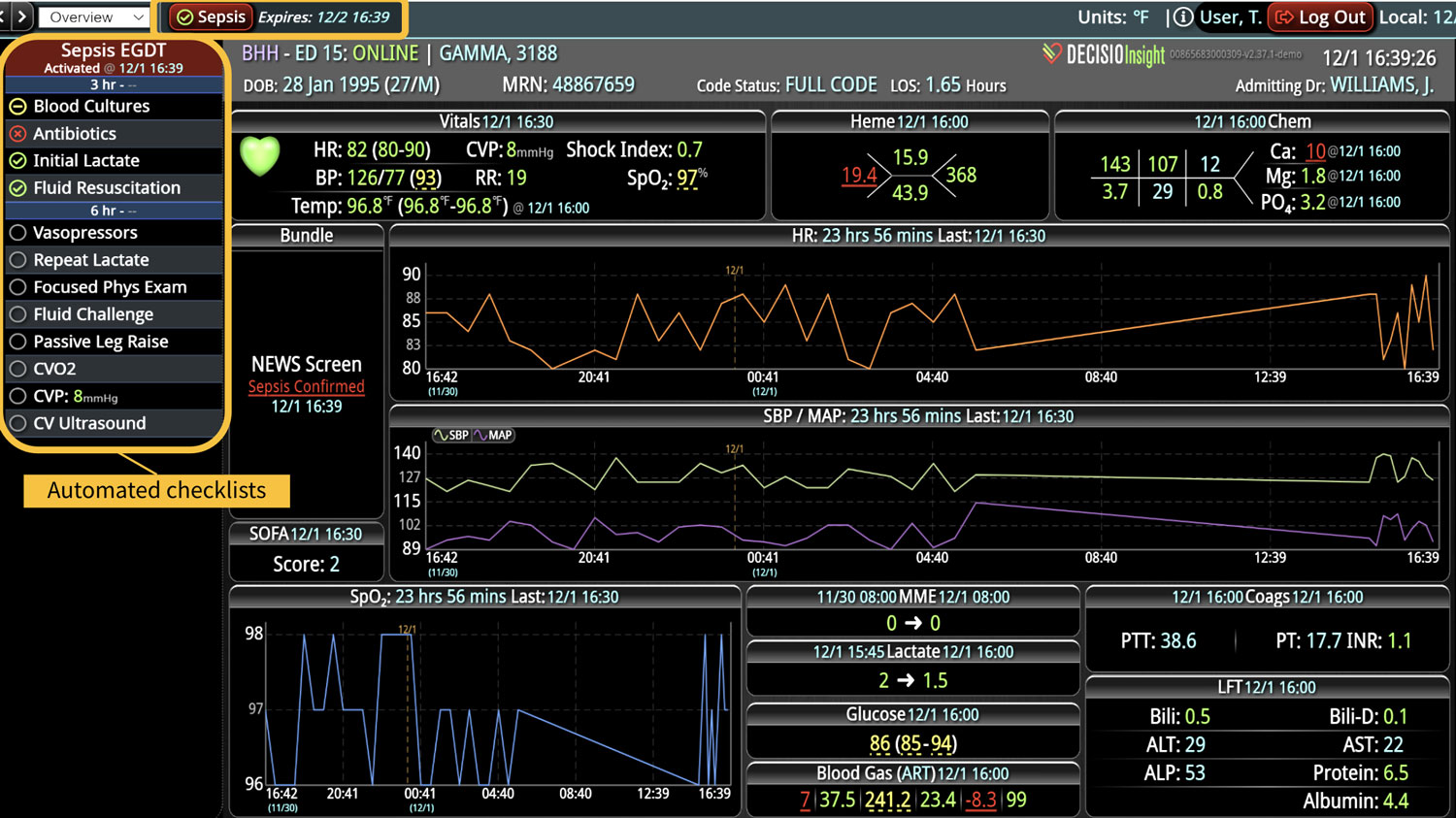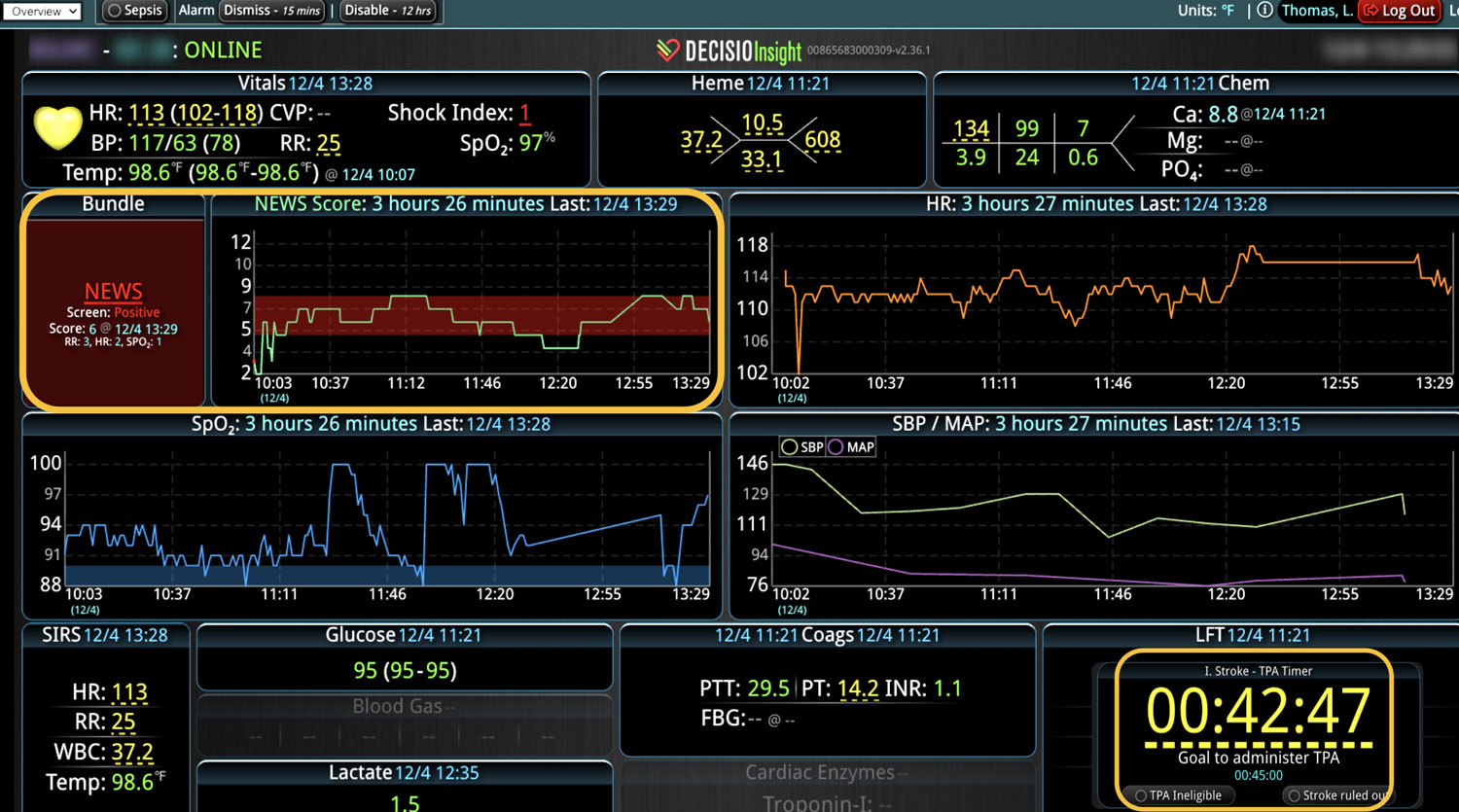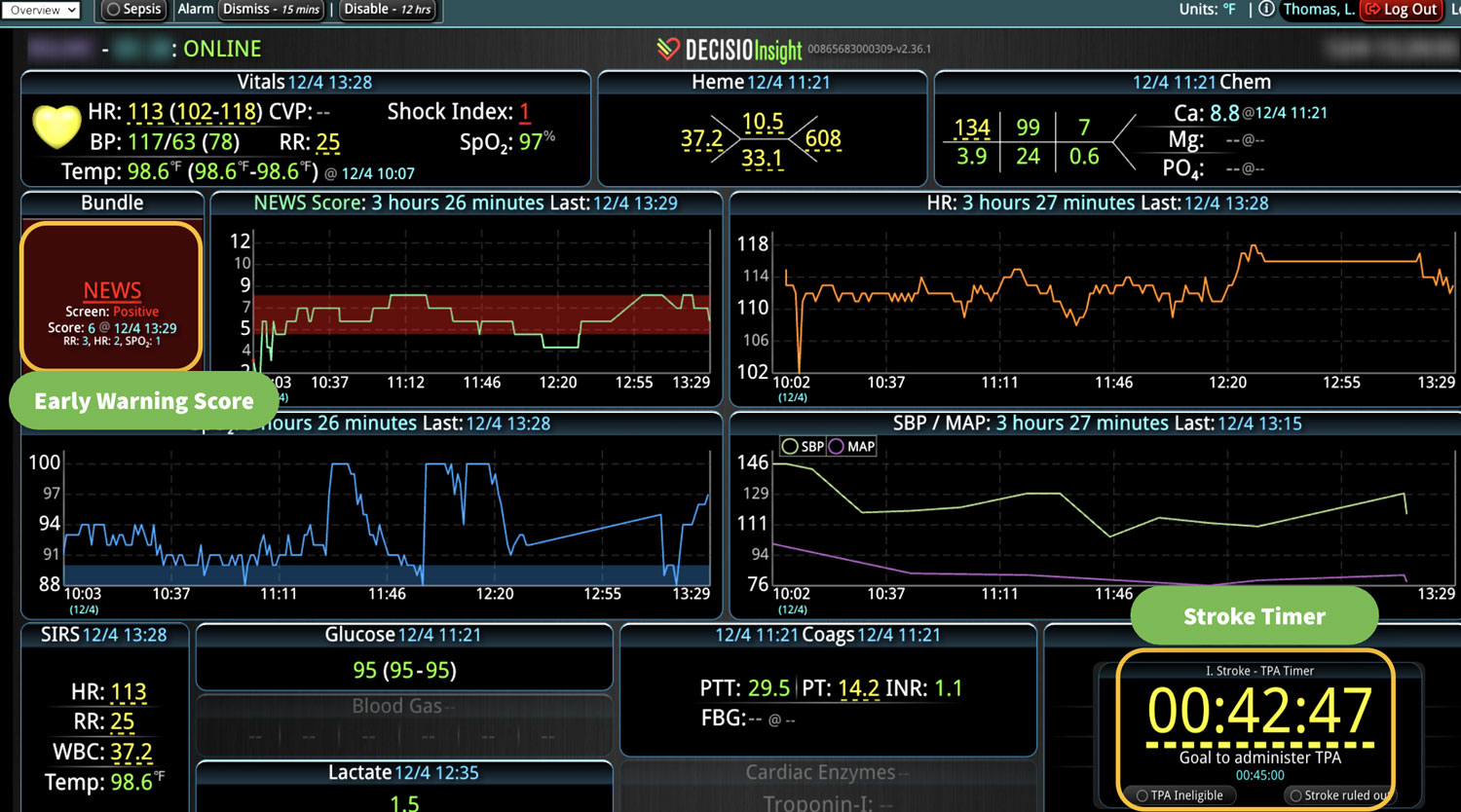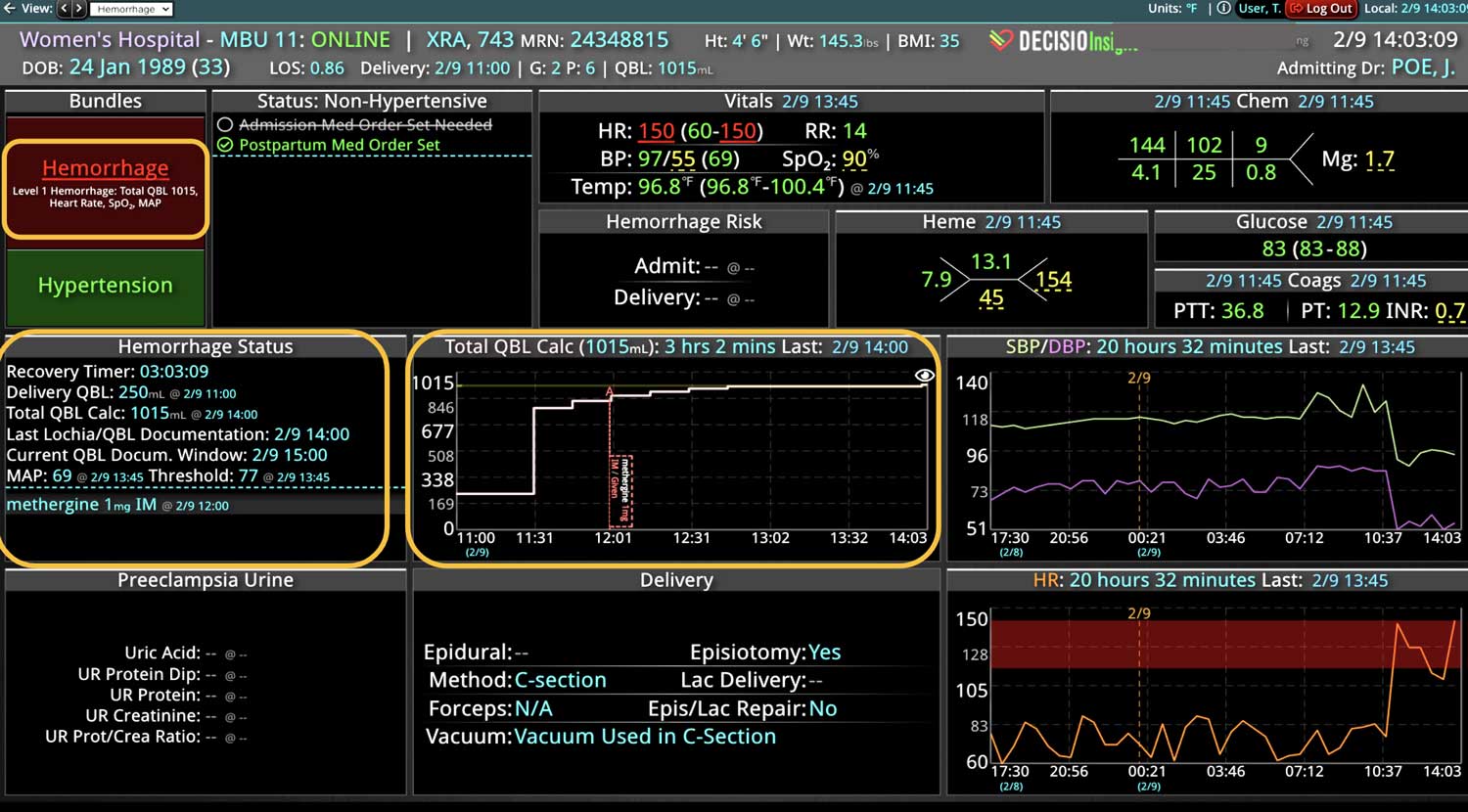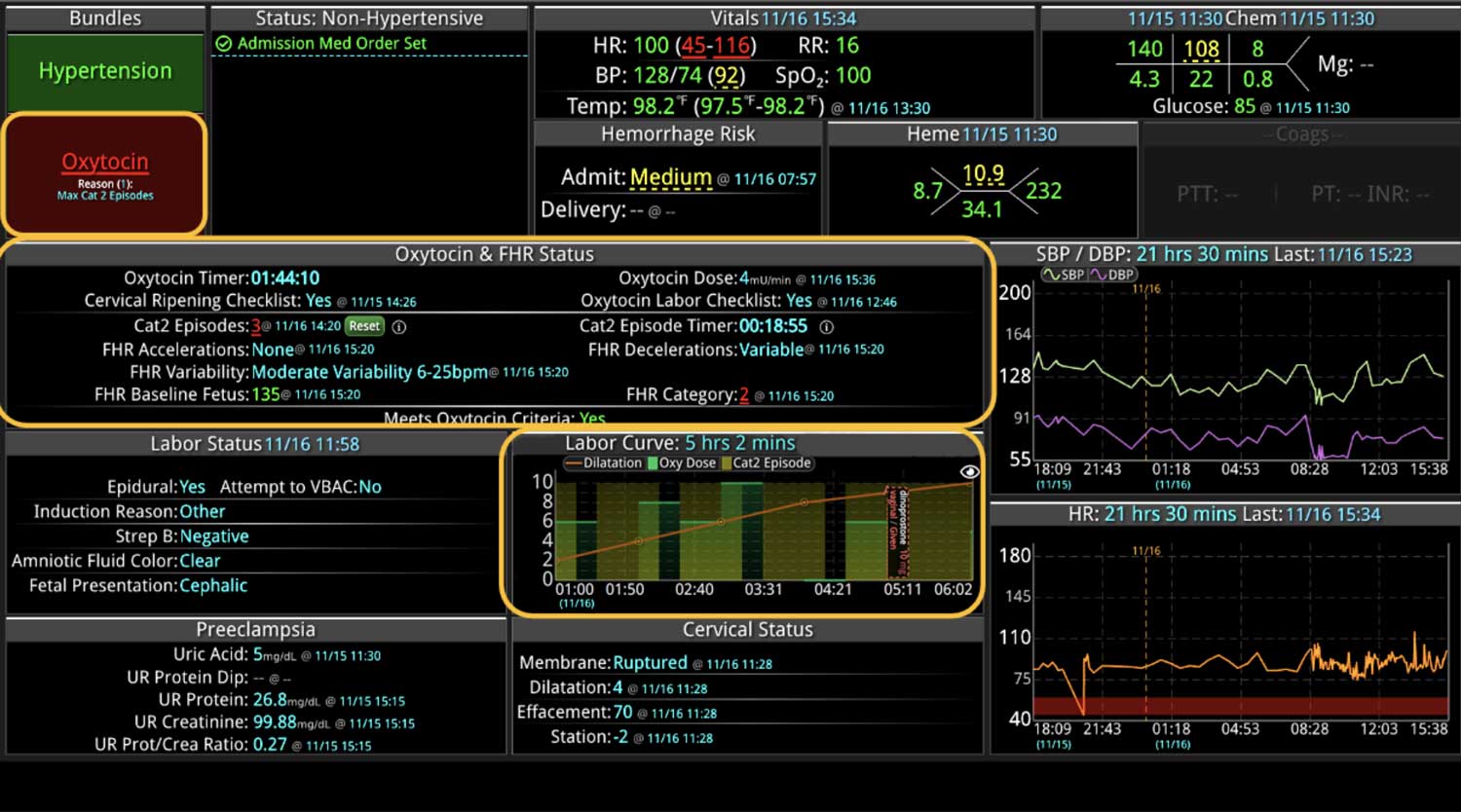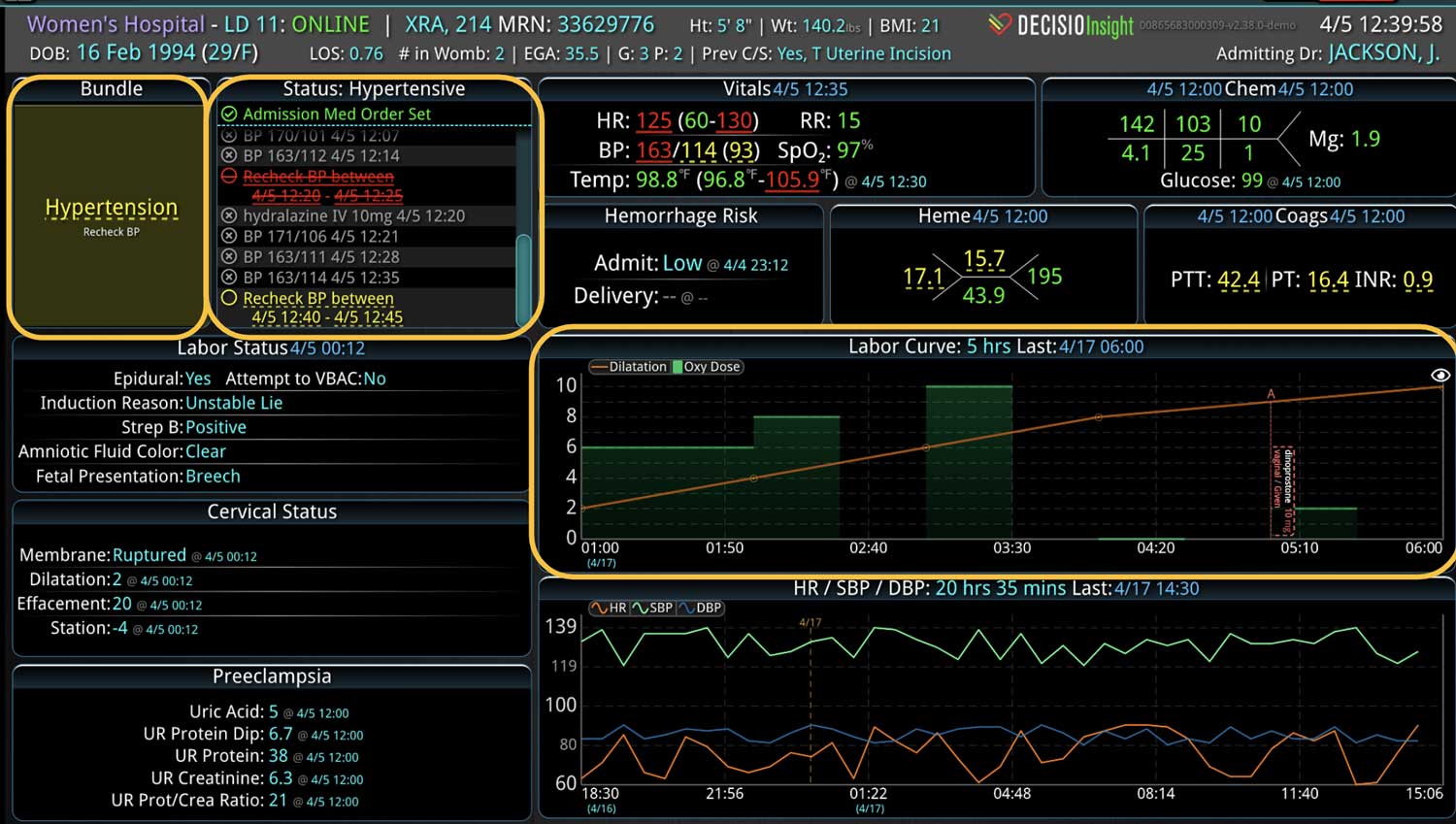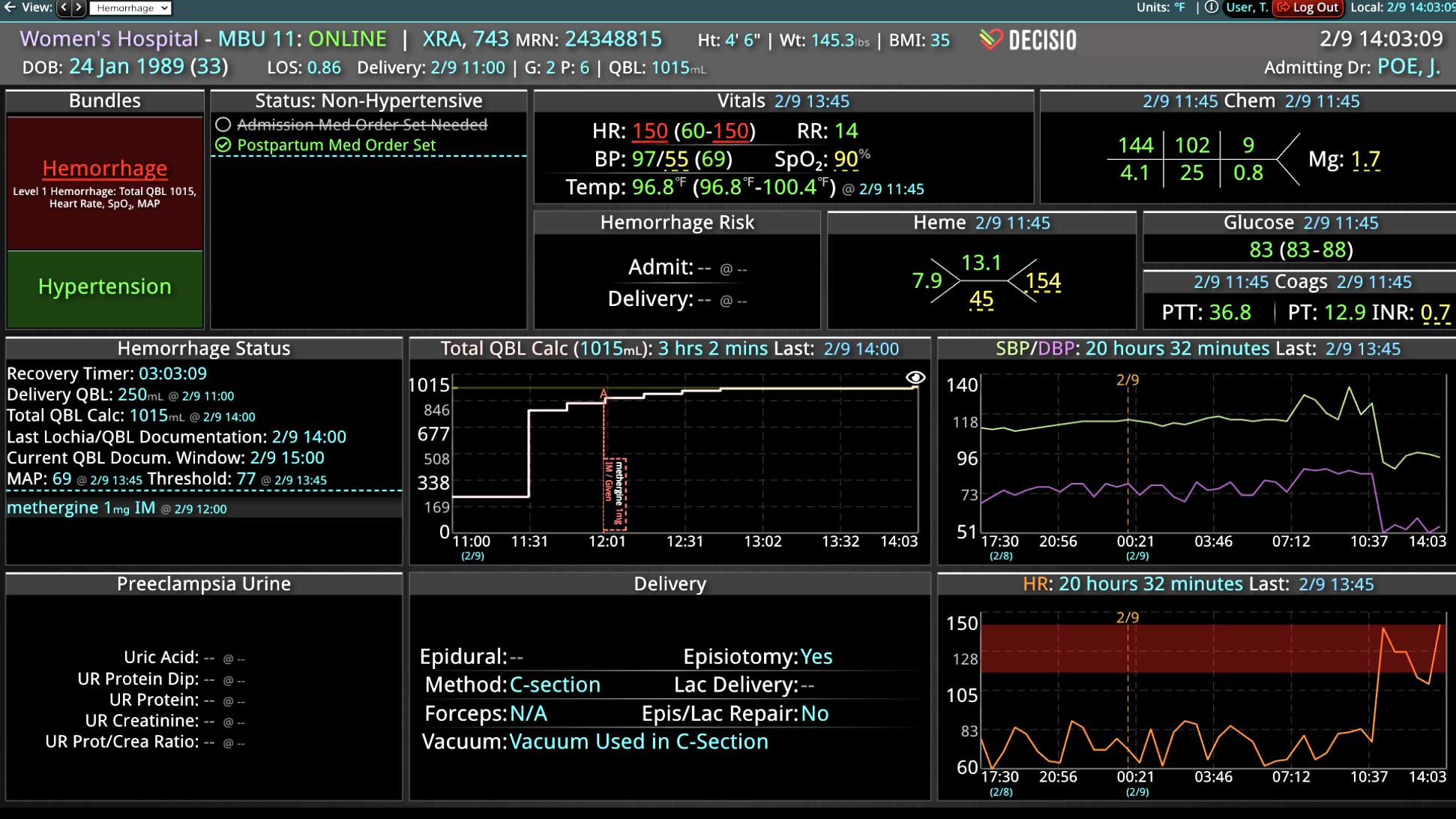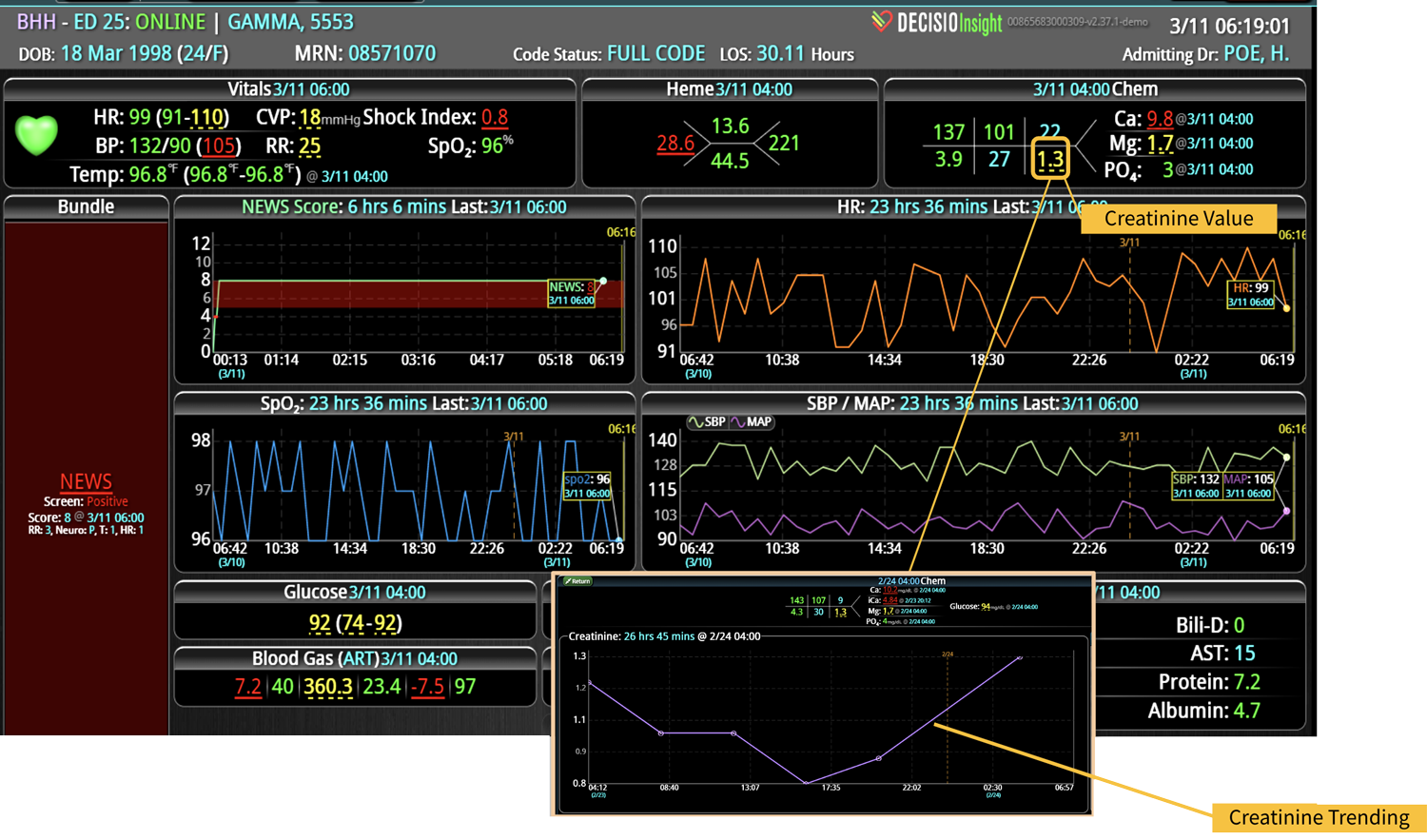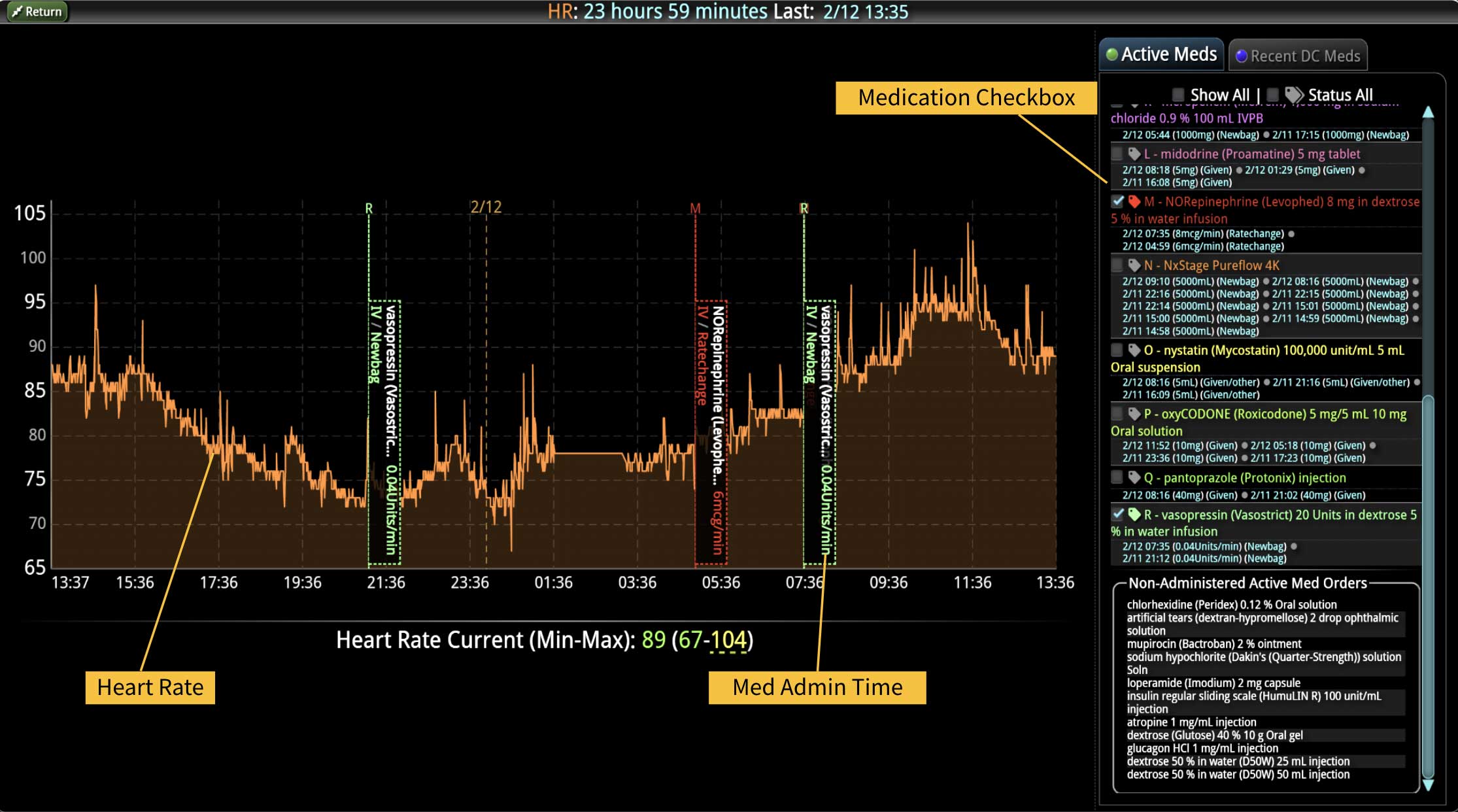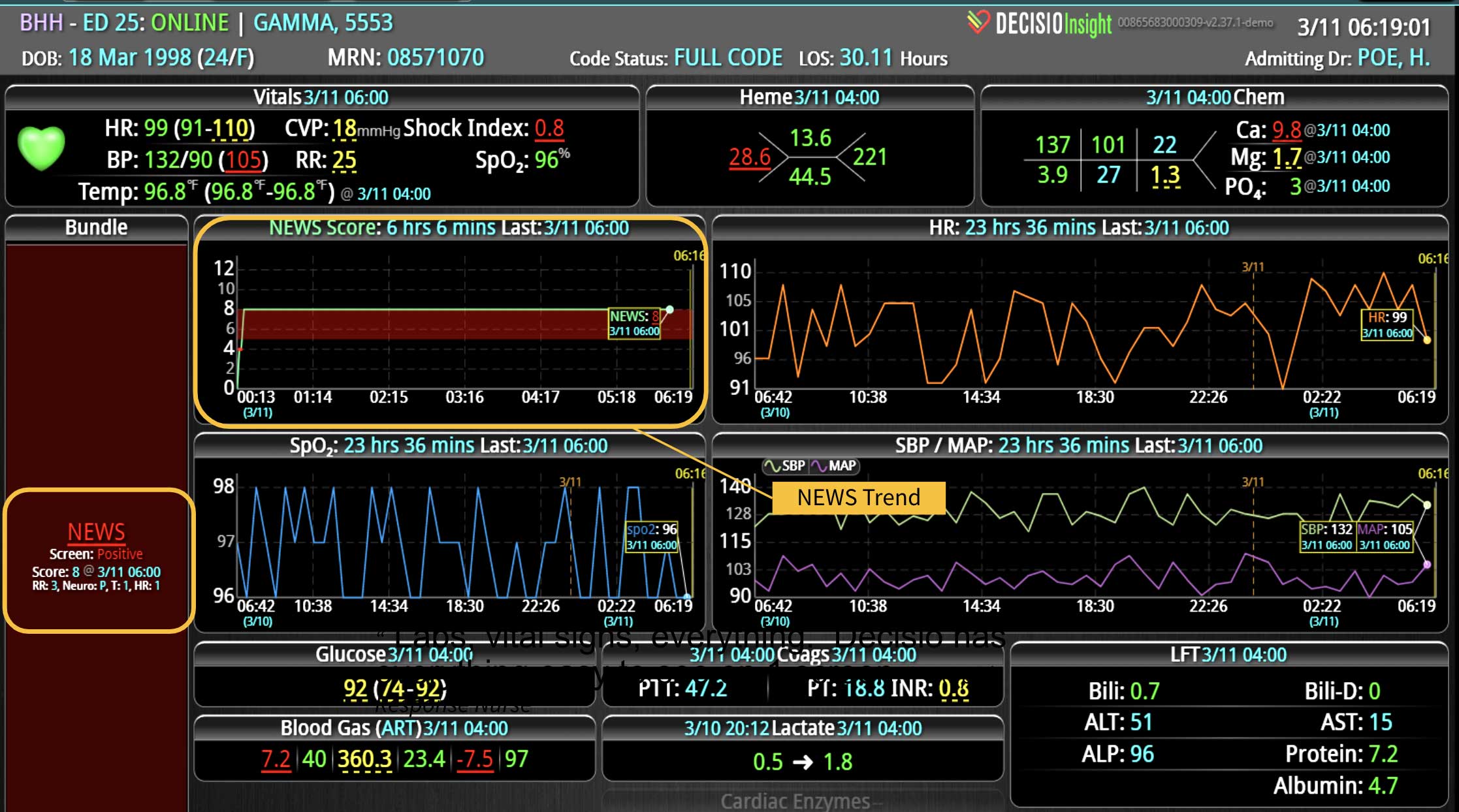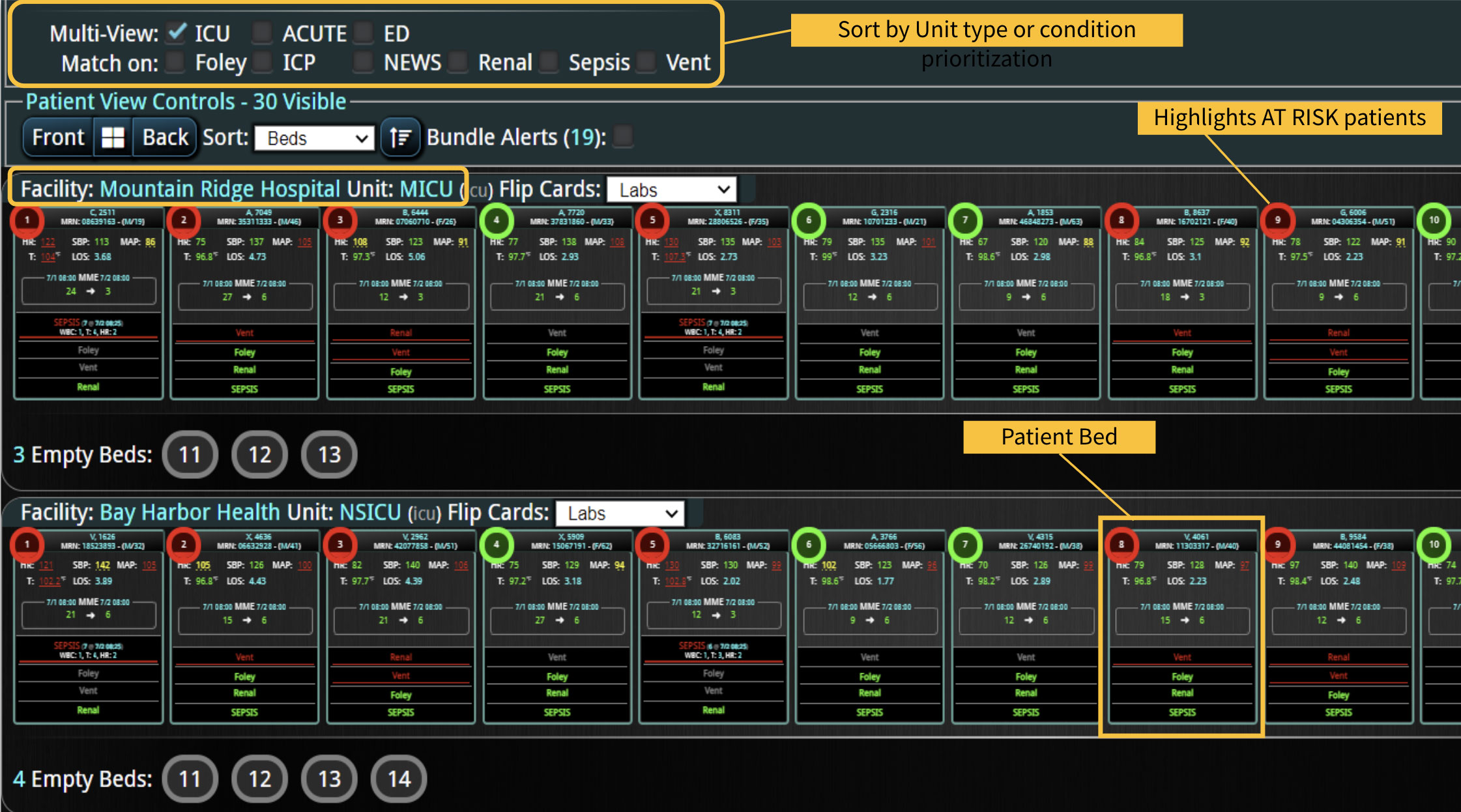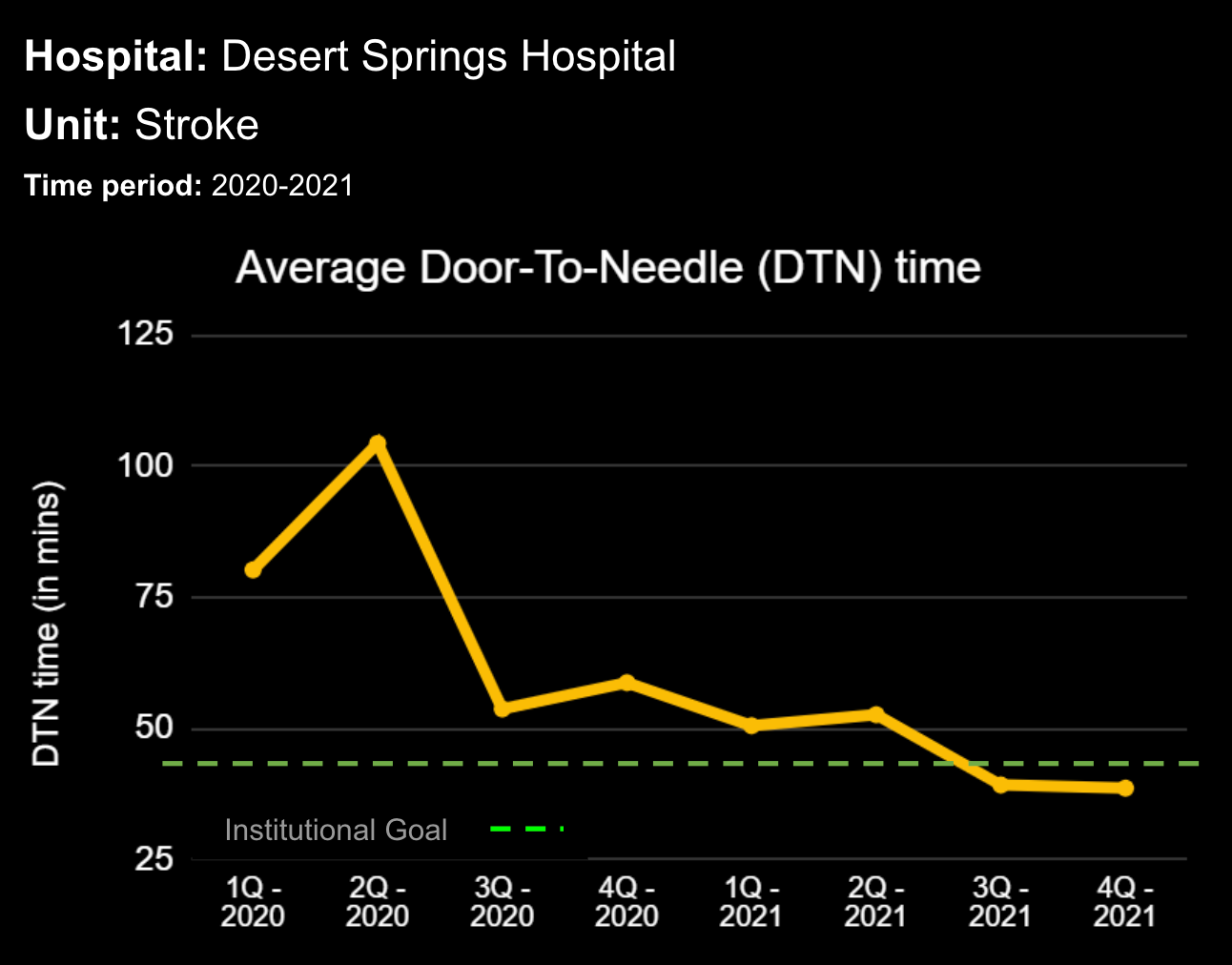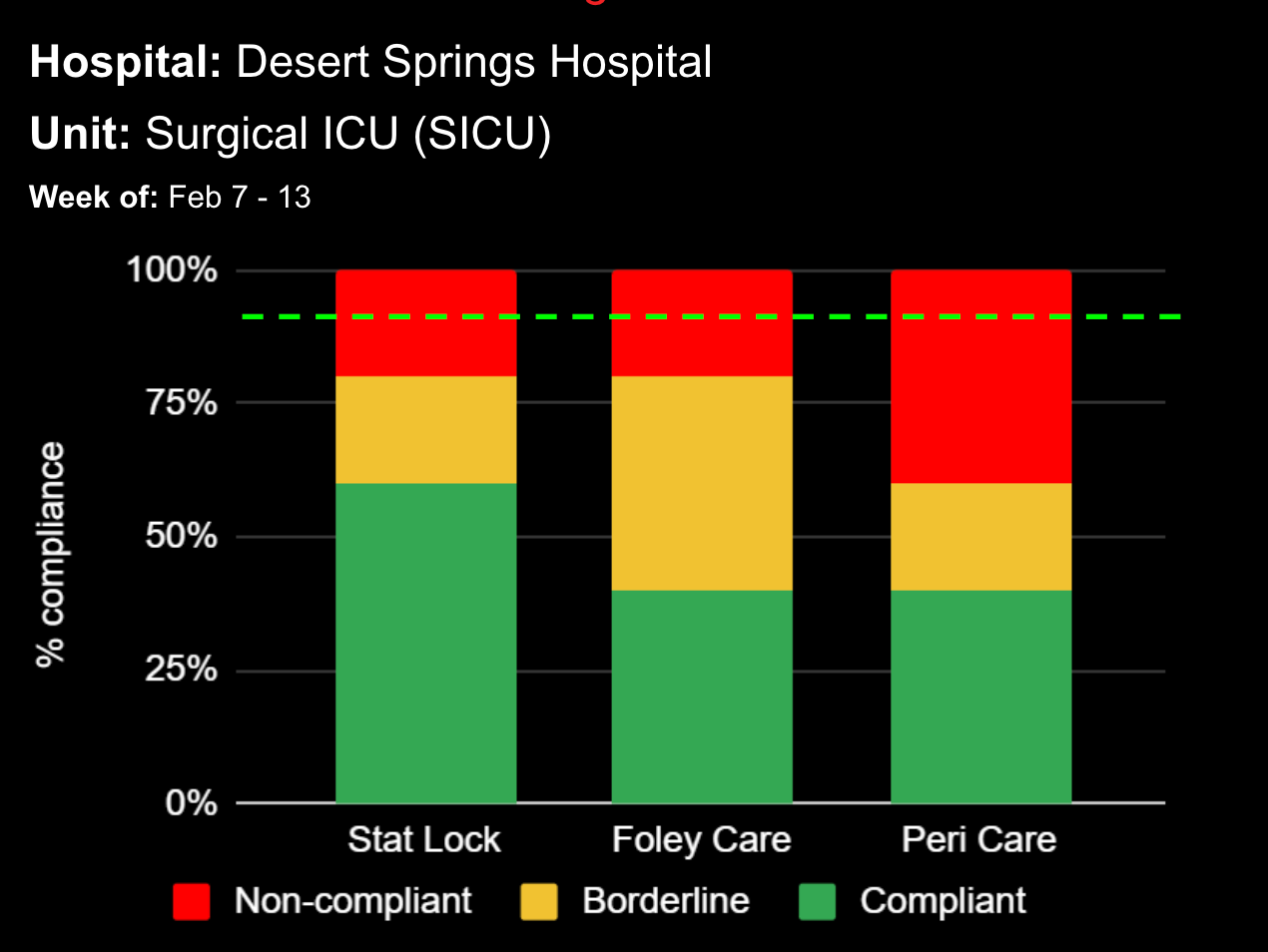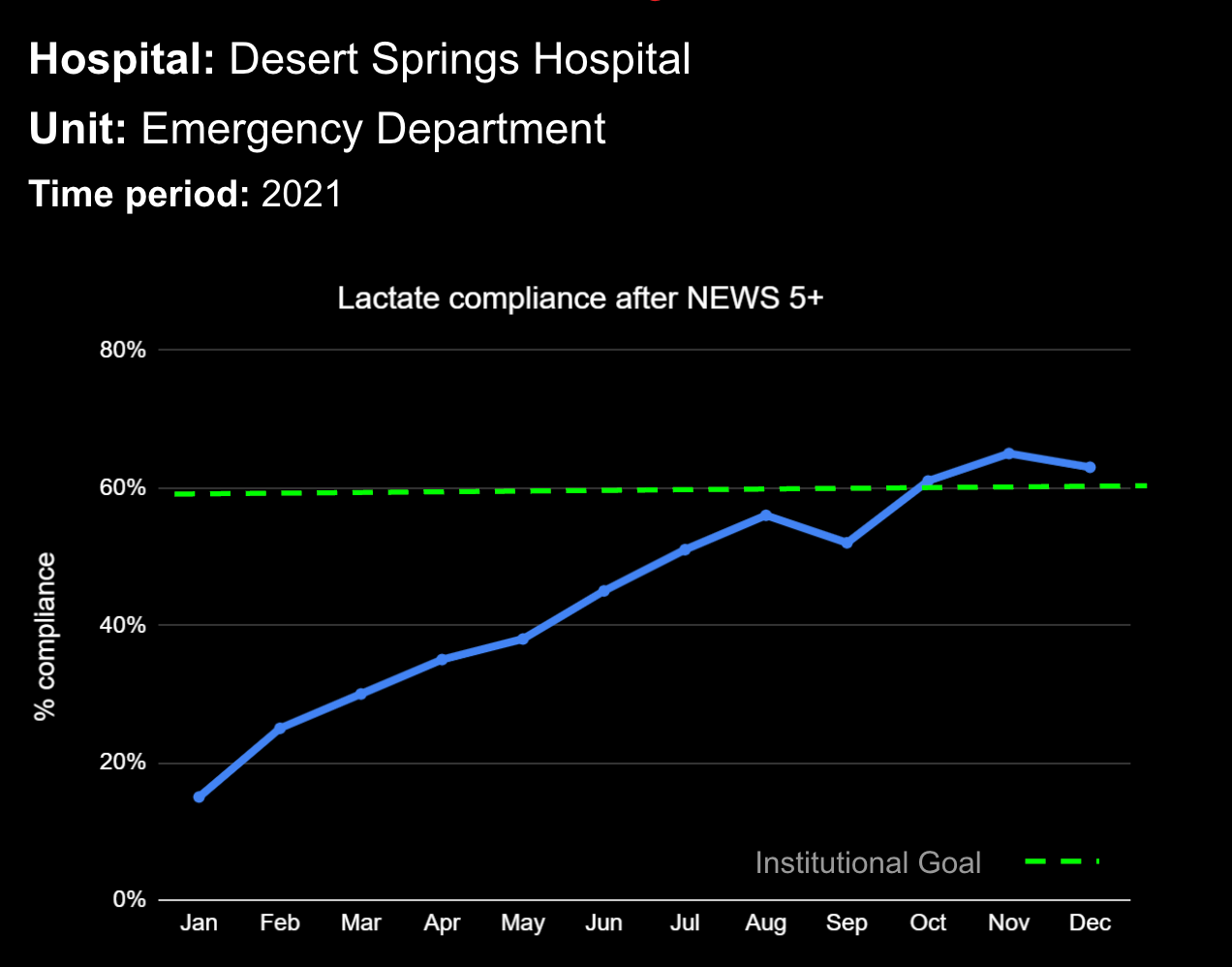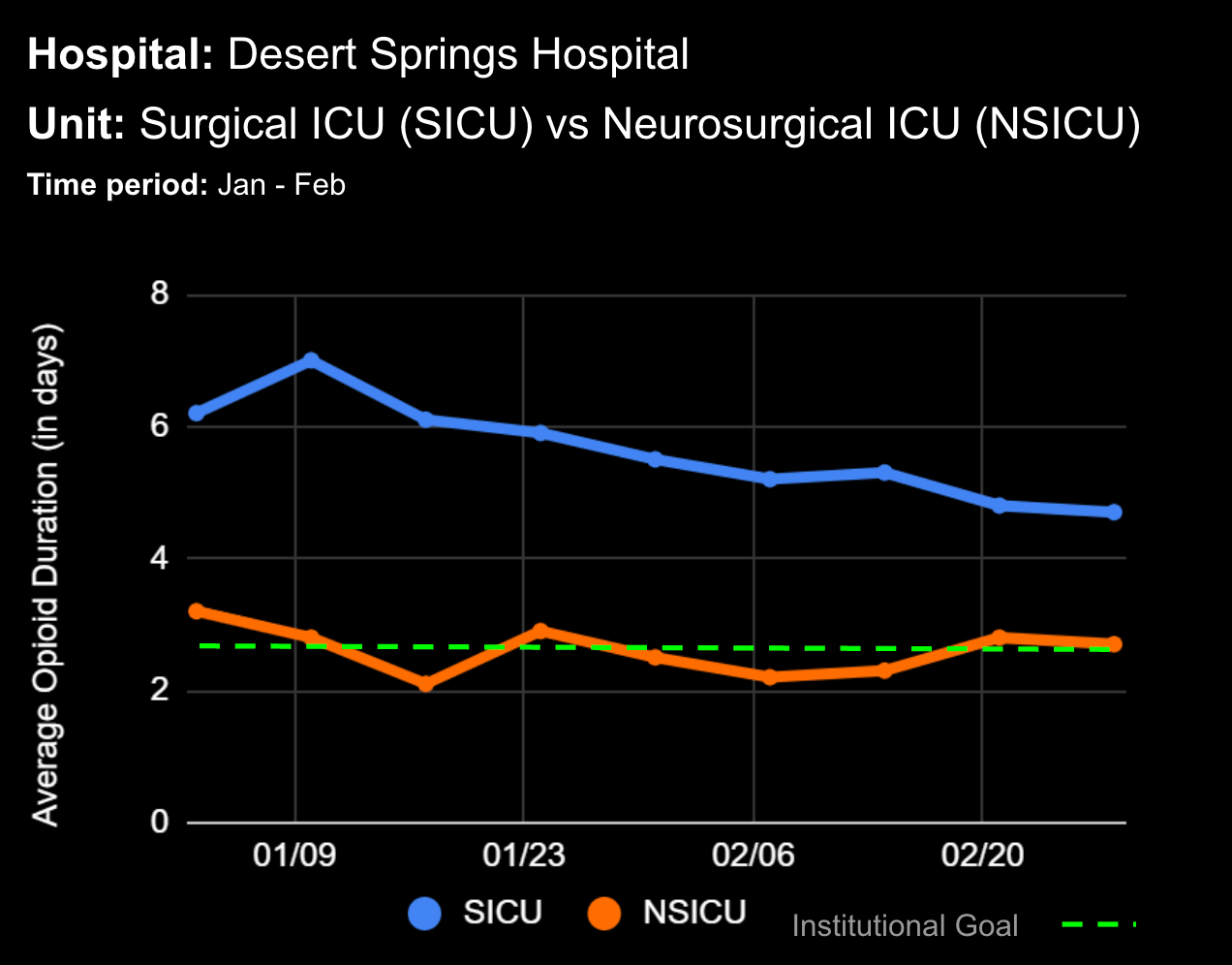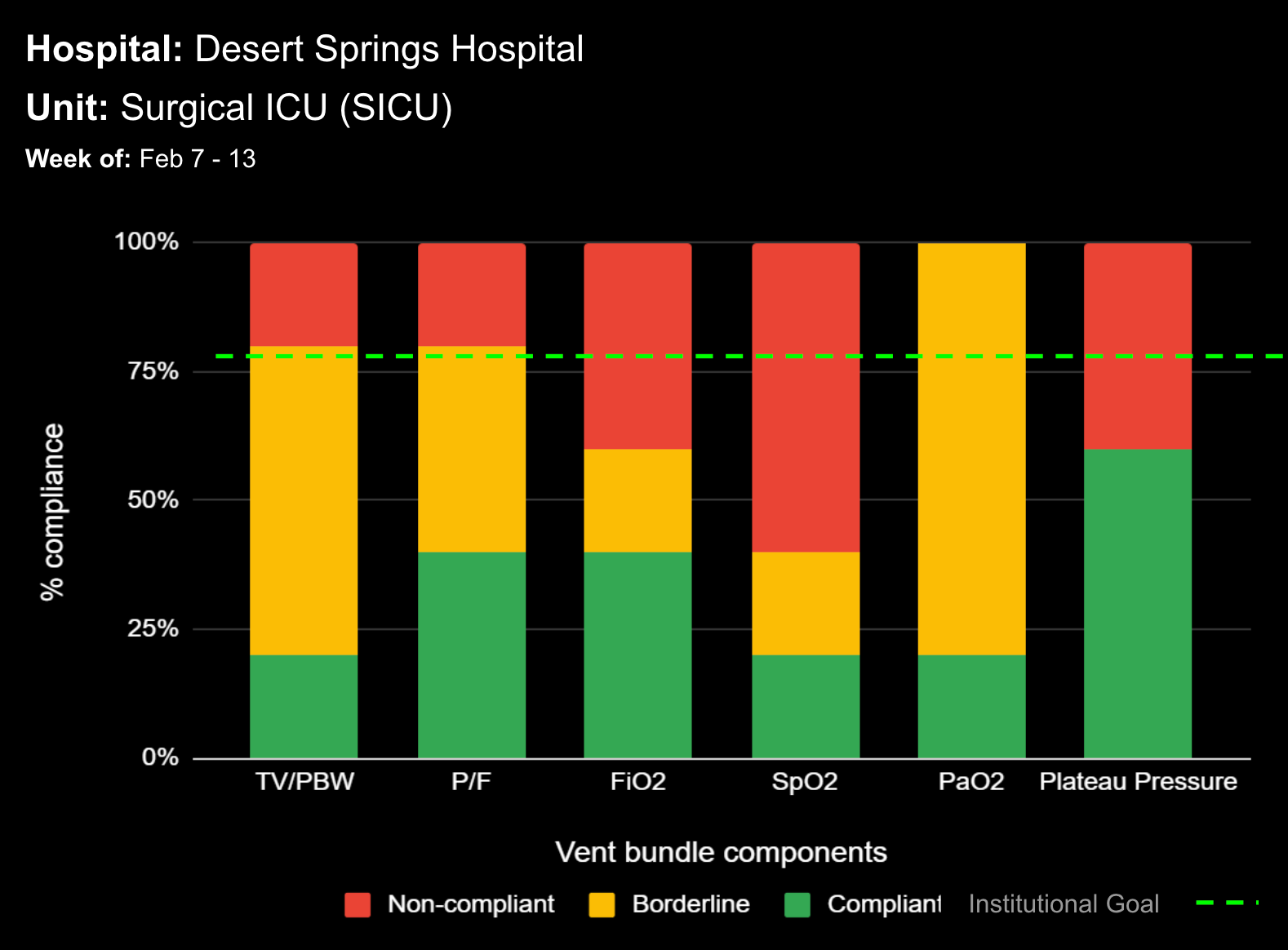21 May Transforming Stroke Care in the Emergency Department: A Game-Changing Solution
Every 40 seconds, someone in the United States suffers a stroke, making it one of the leading causes of serious long-term disability and death in the country. With more than 800,000 strokes occurring annually, the urgency for effective and efficient emergency care cannot be overstated. The difference between a full recovery and severe, lasting consequences often hinges on the time to intervention—specifically, the time from hospital arrival to the administration of critical medications.1 The Critical Window: First 60 Minutes Research has shown that administering treatment within the first 60 minutes of a stroke can dramatically reduce the risk of disability. This period, often referred to as the "golden hour," is crucial for the administration of thrombolytic drugs that can dissolve the blood clot causing the stroke. Unfortunately, achieving this has been a persistent challenge in many emergency departments across the nation. Enhancing Emergency Response To address this challenge, our innovative solution has been designed to seamlessly enhance existing workflows in emergency departments, particularly for the treatment of acute ischemic strokes. By integrating advanced third-party software systems, we provide a streamlined process that supports rapid decision-making and treatment administration. Impactful Results This solution has helped the clinical team yield profound improvements in stroke treatment metrics: 54% Reduction in...





